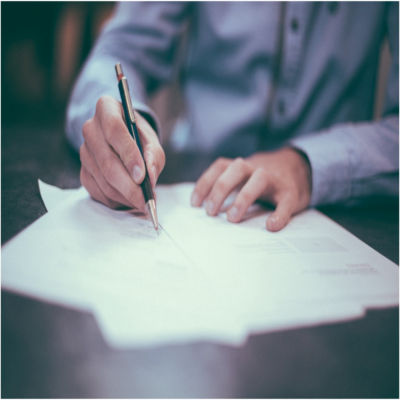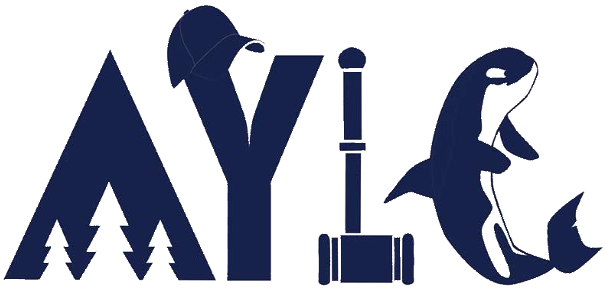Renting an Apartment
Renting an Apartment

If I am under 18, can I rent an apartment on my own?
If you can find a landlord to rent to you, you may be able to rent an apartment. But if you decide after two weeks you want to move out, you will probably not be able to cancel the contract because housing is considered a necessity.
What should I look for when renting an apartment?
It is critical to know how much you can afford to pay, and find an apartment that fits in your budget. Be sure you understand whether the landlord requires a security deposit, and whether the utilities (electricity, gas, water and sewer, garbage pickup) are included in the monthly rent. Utility bills may be additional costs you have to pay. Of course, the apartment should be well maintained and in a safe and convenient location, but don’t rent an apartment that you can’t afford.
Do I have to pay a security deposit?
The purpose of a security deposit is to protect the landlord in case you damage your apartment or leave without paying rent. Alaska law allows a landlord to charge a security deposit up to two times the amount of the monthly rent. In other words, if your rent is $1,000 per month, the landlord could require a security deposit of $2,000. Some landlords ask for last month’s rent instead of, or in addition to, a security deposit. Last month’s rent is essentially the same as a security deposit. The landlord is not violating the law as long as the last month’s rent and the security deposit do not add up to more than twice your monthly rent. But many landlords only require a security deposit equal to one month’s rent, or even less.
What else do I need to know before I rent the apartment?
To avoid any misunderstanding about your responsibilities as a tenant, you need to understand the landlord’s rules, or terms and conditions, for renting the apartment. You can have a verbal agreement to rent an apartment, but it is better if the terms and conditions are set out in a written agreement so there won’t be an argument later on about what you agreed to. A written agreement to rent an apartment is called a lease.
What should be in a lease?
A lease is a written agreement between the landlord and the tenant. It gives the tenant the exclusive right to occupy the property for a period of time (like a month or a year). Usually the tenant can continue to stay longer if he or she keeps paying the rent.
Nothing in Alaska law says exactly what has to be in a lease. But generally a lease should include: the amount of the rent;
- who is responsible for paying rent (one or more people who sign the lease);
- who can live in the apartment (how many people including children);
- when the rent is due, and how or to whom it is to be paid;
- when any late fee will be charged and how much it will be;
- how long the lease lasts, and whether it is automatically renewed or continues;
- the name and address of the landlord and property manager, if there is one;
- whether you can sublease the apartment (rent the apartment to someone else);
- who pays for utilities (the landlord may pay for some and the tenant for others);
- the amount of the security deposit;
- a list of any furniture or other property supplied with the apartment;
- any rules or restrictions on use of the apartment (like whether smoking or pets are allowed); these rules can be in a separate document so long as it is mentioned in the lease.
Alaska law prohibits a lease from having certain terms that are considered unfair to tenants. A lease may not:
- require the tenant to waive (or agree to give up) any rights given by Alaska’s landlord-tenant law;
- authorize a court judgment (called a confession of judgment) without any due process;
- limit the liability of the landlord (or the tenant);
- require the tenant to pay the landlord’s attorney’s fees;
- agree that the landlord can keep the renter’s personal property if rent is not
Is there anything else I should do before moving in?
One common problem when a tenant moves out is that a landlord and tenant disagree about whether the tenant caused damage to the apartment. So it is a good idea to inspect carefully and take pictures of anything in your new apartment that you consider to be damaged. For example, take a picture of any holes in the wall, loose light fixtures, or anything else that the landlord might later think you damaged. Sometimes a landlord will require a new tenant to sign a checklist describing the condition of the apartment. If you sign this kind of list, be sure it is accurate! If you signed a list that said the kitchen was in perfect condition when you moved in, it will be hard to prove later that cabinet doors were already broken.
If things in the apartment need to be fixed, write them down and take pictures. Then ask the landlord to sign the list of broken items and give you a written promise to fix anything important. You should do this right away when you rent the apartment, before you actually move in. If the apartment is not ready when your move in date comes, you may be able to cancel the lease. But be sure to take pictures of the problems, in case the landlord refuses to return your rent or security deposit.



